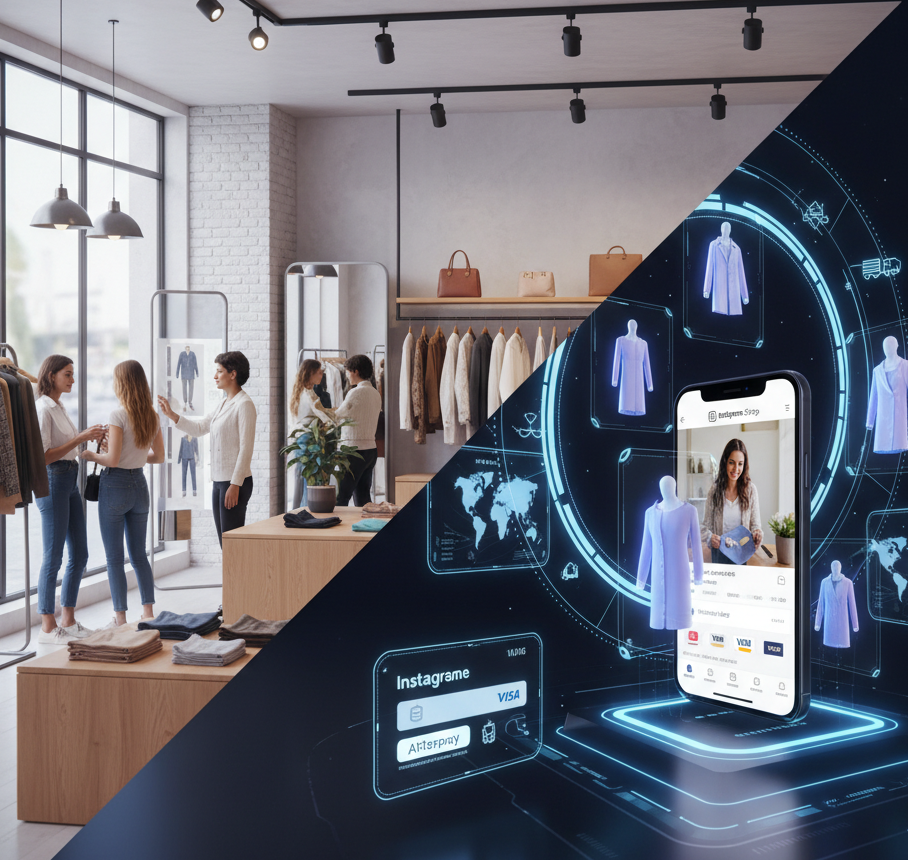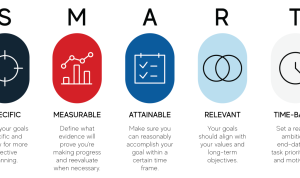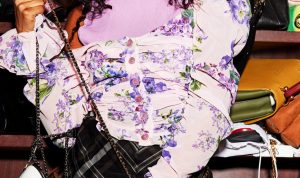The fashion and apparel industry, a vibrant tapestry of creativity, trends, and consumer desire, is a significant global economic force. From haute couture runways to fast-fashion retailers, the mechanisms of sales and transactions within this sector are constantly evolving, driven by technological advancements, shifting consumer behaviors, and an increasing emphasis on sustainability. Understanding these dynamics is crucial for businesses aiming to thrive in this competitive landscape.
The Evolution of Fashion Retail: From Bricks to Clicks and Beyond
Historically, fashion sales were predominantly a brick-and-mortar affair. Department stores, boutiques, and tailor shops served as the primary points of contact between brands and consumers. The advent of the internet, however, ushered in a revolutionary era. E-commerce platforms, initially seen as an auxiliary channel, quickly transformed into a cornerstone of fashion retail. Online shopping offered unparalleled convenience, vast product selections, and global reach, fundamentally altering consumer purchasing habits.
Today, the industry operates within an omnichannel paradigm. This means integrating various sales channels – physical stores, e-commerce websites, mobile apps, social media platforms, and even emerging technologies like augmented reality (AR) and virtual reality (VR) – to provide a seamless and consistent customer experience. Consumers expect to browse online, try on in-store, purchase through their phone, and return to a physical location, all with minimal friction.
Key Sales Channels in Fashion & Apparel
1. Brick-and-Mortar Retail: Despite the rise of e-commerce, physical stores remain vital. They offer tactile experiences, personalized customer service, immediate gratification, and the opportunity to build brand community. Flagship stores, pop-up shops, and experiential retail spaces are increasingly important for brand building and customer engagement.
2. E-commerce Websites: A brand’s own website is its digital storefront, offering full control over branding, product presentation, and customer data. Optimizing for user experience (UX), mobile responsiveness, and secure payment gateways is paramount.
3. Online Marketplaces: Platforms like Amazon, ASOS, Zalando, and Farfetch provide brands with access to vast existing customer bases. While offering exposure, brands must navigate marketplace fees and competition.
4. Social Commerce: The integration of shopping features directly within social media platforms (Instagram Shopping, TikTok Shop) has created a powerful new sales channel. Influencer marketing and direct engagement play a significant role here.
5. Mobile Apps: Dedicated brand apps offer a highly personalized shopping experience, often incorporating loyalty programs, push notifications for new arrivals, and exclusive offers.
6. Wholesale and B2B Transactions: Many brands still rely on wholesale agreements, selling their collections to multi-brand retailers. This involves different transaction models, often with larger order volumes and specific delivery schedules.
Understanding Transaction Mechanisms
Fashion transactions involve a complex interplay of payment systems, logistics, and data management.
1. Payment Processing: Secure and diverse payment options are essential. This includes credit/debit cards, digital wallets (PayPal, Apple Pay, Google Pay), buy now, pay later (BNPL) services (Klarna, Afterpay), and even cryptocurrencies for some forward-thinking brands. Fraud prevention and PCI DSS compliance are critical.
2. Inventory Management: Efficient inventory management systems are vital to prevent stockouts, minimize overstocking, and optimize order fulfillment. This is especially challenging in fashion due to seasonal collections, trend-driven demand, and varying sizes/colors. RFID technology is increasingly used for real-time tracking.
3. Order Fulfillment and Logistics: This encompasses everything from warehousing and picking/packing to shipping and last-mile delivery. Customers expect fast, reliable, and often free shipping, making logistics a significant competitive differentiator. Reverse logistics (returns management) is equally important, particularly given the high return rates in fashion e-commerce.
4. Customer Relationship Management (CRM): CRM systems help brands manage customer interactions, personalize marketing efforts, track purchase history, and provide targeted recommendations, fostering loyalty and repeat purchases.
5. Data Analytics: Leveraging data from sales, website traffic, social media engagement, and customer feedback is crucial for understanding trends, optimizing pricing strategies, personalizing offers, and making informed business decisions.
Emerging Trends Shaping Fashion Sales and Transactions
1. Sustainability and Ethical Sourcing: Consumers are increasingly conscious of the environmental and social impact of their purchases. Brands that demonstrate commitment to sustainable practices, transparent supply chains, and ethical labor are gaining a competitive edge. This influences not only product development but also marketing and sales narratives.
2. Personalization and Customization: Beyond personalized recommendations, some brands offer customizable garments, made-to-order services, or curated styling boxes, catering to individual preferences and reducing waste.
3. Resale and Rental Platforms: The circular economy is gaining traction. Brands are exploring partnerships with or even launching their own resale platforms (e.g., Patagonia Worn Wear) and rental services (e.g., Rent the Runway) to extend the lifecycle of garments.
4. AI and Machine Learning: AI is being deployed for demand forecasting, trend prediction, inventory optimization, personalized recommendations, and even virtual try-on experiences, enhancing efficiency and customer satisfaction.
5. Augmented Reality (AR) and Virtual Reality (VR): AR allows customers to virtually try on clothes or see how an item would look in their home. VR offers immersive shopping experiences, blurring the lines between physical and digital retail.
6. Live Shopping: Inspired by home shopping networks and Asian e-commerce trends, live shopping events on social media or dedicated platforms allow brands to showcase products in real-time, engage with viewers, and drive impulsive purchases.
Challenges and Opportunities
The fashion and apparel industry, while dynamic, faces several challenges: supply chain disruptions, intense competition, rapidly changing trends, and the constant pressure to innovate. However, these challenges also present opportunities. Brands that can adapt quickly, embrace technology, prioritize customer experience, and integrate sustainable practices are best positioned for long-term success.
The future of fashion sales and transactions will undoubtedly be characterized by hyper-personalization, seamless omnichannel integration, and a strong commitment to values that resonate with conscious consumers. Navigating this landscape requires agility, strategic investment in technology, and a deep understanding of the evolving consumer journey.












